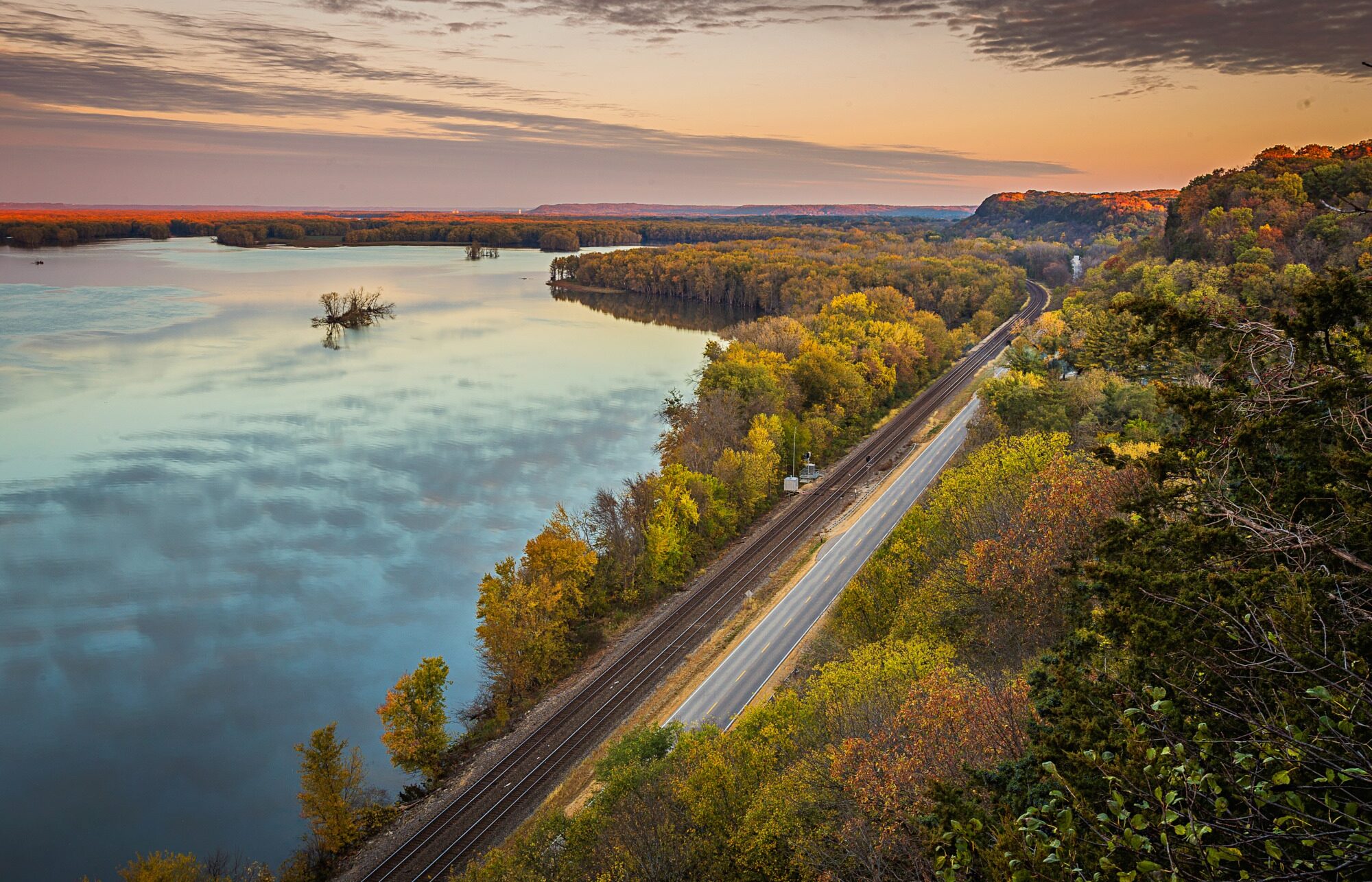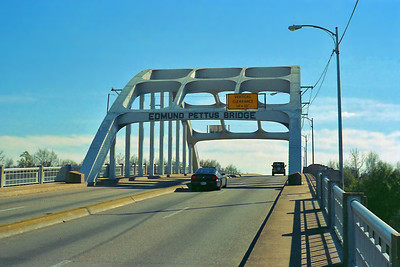Scenic Byway Corridor Management Plans
A Corridor Management Plan (CMP) is a written plan developed by the communities along a scenic byway that outlines how to protect and enhance the byway’s intrinsic qualities and character that define their byway corridor.
Most states, and the National Scenic Byways Program, require corridor management plans (CMP) for scenic byway designation. CMPs are community-based and flexible “living documents” that outline the goals, strategies, and responsibilities for preserving and promoting the byway. CMPs typically address issues such as tourism development, historic and natural preservation, roadway safety, and economic development.
A CMP is designed to change with the community and respond to new proposals and developments along the byway corridor and they are often guided by the “14-point plan” recommended by the National Scenic Byways Program.
Byway leaders ensure the integrity of a scenic byway primarily through the development and implementation of a corridor management plan to:
- Maintain the intrinsic qualities of the byway.
- Address how existing development might be enhanced and new development might be accommodated in a manner that preserves the intrinsic qualities of the corridor.
- Interpret the scenic byway’s qualities and resources for visitors, with adequate and contextually sensitive signage and facilities.
- Protect the continuity of the scenic byway by minimizing gaps and intrusions on the visitor experience.

What Goes In a Corridor Management Plan?
Corridor management plans address a wide variety of issues. The level of detail in a CMP is dependent upon its role in the community and the byway planning process. If the CMP is intended solely for the local community, the document can be fairly short and address issues in broad terms. However, a more detailed plan will be necessary if the CMP is to form the basis of state or national scenic byways applications, or for grant and other funding applications.
It is important to remember that the CMP is a guide that addresses issues but does not necessarily offer solutions for every problem. The CMP should address major goals, such as improved road access for other modes of transportation, like bicycles, but does not have to lay out a specific plan for implementing the goal.
At the very least, a CMP should identify and discuss the byway’s intrinsic qualities, review the roadway’s current condition and maintenance plans, explore visitor needs and expectations, and discuss how to promote the byway while protecting its outstanding features in the future.

Federal Highway Administration Requirements
The Federal Highway Administration (FHWA) lists 14 components that must be in any CMP included in a byway’s application for national recognition. The CMP will help your byway group envision future changes and address issues before they become a problem.
The FHWA requirements for a CMP are:
- A map identifying the corridor boundaries, location of intrinsic qualities, and land uses in the corridor. U. S. Geological Survey maps of your corridor region are ideal and inexpensive base maps for your corridor management planning group.
- An assessment of the byway’s intrinsic qualities and their context (the area surrounding them). The end product is typically a catalogue of the byway’s scenic, historic, natural, archeological, cultural, and recreational qualities. A community visual assessment is an ideal way to involve a large number of local residents in evaluating the byway’s resources.O Say Can You See: A Visual Awareness Toolkit for Communities, available from Scenic America, is a good way to start.
- A strategy for maintaining and enhancing each of the byway’s intrinsic qualities. Ask what you want the byway corridor to look like in 10-15 years and develop goals and strategies to help you get there.
- A list of the agencies, groups, and individuals who are part of the team that will carry out the plan. Be sure to include a description of each individual’s responsibilities and a schedule of when and how you will review their progress.
- A strategy for how existing development along the corridor might be enhanced and how to accommodate new development while preserving the byway’s intrinsic qualities. Many communities have long-term land-use plans that can be adapted for this purpose.
- A plan for on-going public participation. This might include forming a CMP steering committee made up of local citizens, a schedule of regular public meetings, or a byway management planning forum.
- A general review of the road’s safety record to locate hazards and poor design, and identify possible corrections. Identify ways to balance safety with context-sensitive highway design practices that accommodate safety needs while preserving the road’s character.
- A plan to accommodate commercial traffic while ensuring the safety of sightseers in smaller vehicles, as well as bicyclists, joggers, and pedestrians. Some CMP’s incorporate plans to apply for Federal Transportation Enhancement funds to pay for the installation of special bicycle lanes along the byway or the creation of hiking trails.
-
 About Scenic BywaysLearn more about the National Scenic Byways Program.
About Scenic BywaysLearn more about the National Scenic Byways Program. -
 Criteria for DesignationLearn about the six intrinsic qualities that byways must demonstrate to apply for national recognition.
Criteria for DesignationLearn about the six intrinsic qualities that byways must demonstrate to apply for national recognition. -
 List of All National Scenic Byways and All-American RoadsSee which roads are designated in your state.
List of All National Scenic Byways and All-American RoadsSee which roads are designated in your state.